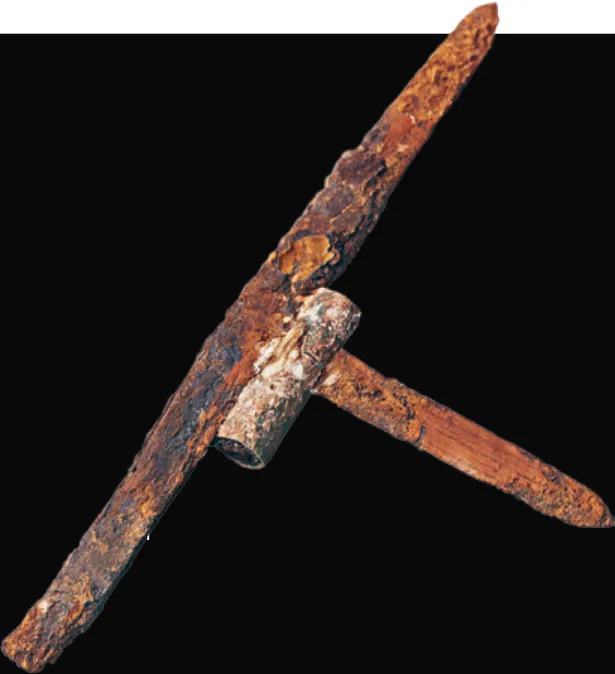Relics from the Han Dynasty
2022-08-03
IN an effort to avoid repeating the quick collapse of the Qin Dynasty (221-206 B.C.), rulers of the early Han Dynasty (206 B.C.-A.D. 220) adopted policies that allowed its people to rest and build up strength. In this way, the depressed social economy was gradually restored and developed from the previous dynasty. Meanwhile, the country was further unified with the rulers cracking down on the separatist forces of local lords.
After Emperor Wudi of the Western Han Dynasty (206 B.C.-A.D. 24) came to the throne, he continued to weaken local powers, sent ministers to establish contact with tribes in the west, and fought back against the invasion of the Xiongnu tribe people. During his reign, salt and iron business were run by the state, currencies were issued by special government agencies, and advanced agricultural technologies were promoted. Confucianism gained sole popularity with other schools of thought banned across the nation. The Western Han Dynasty thus entered a prosperous period.
Great advancements were made in the production scale and technical skills of the handicraft industry, such as iron forging, textiles and pottery. The craftsmanship of colorful silk and delicate and lightweight lacquerware reached a high level.

A Western Han tile end inscribed with the characters “Han annexes the land under the sun” was unearthed in the Chang’an City ruins of Xi’an City, shaanxi Province.

small Banliang copper coins, currencies from the Western Han Dynasty, were unearthed in Houchuan, shanxian County, Henan Province in 1956.

A painted bronze lamp in the shape of a goose carrying fish was unearthed in Zhaoshiba Village, shuoxian County, shanxi Province in 1985.

A blue glass bowl, the earliest Roman glassware unearthed in China so far, was excavated in Hengzhigang, Guangzhou City, Guangdong Province in 1954.

An iron halberd, a weapon from the Western Han Dynasty, was unearthed in Houchuan, shanxian County, Henan Province in 1956.

Pottery storyteller Beating a Drum, a funerary object from the Eastern Han Dynasty, was unearthed in a Tianhui Mountain tomb, Chengdu City, sichuan Province in 1957.
In the late Western Han Dynasty, land annexation was rampant and the number of slaves surged, creating a huge social crisis. In A.D. 8, Wang Mang took power and declared the founding of the New Dynasty, which was short-lived. Liu Xiu rebuilt the Han Dynasty in A.D. 25 and made Luoyang the capital, which was known as the Eastern Han (25-220).
During the Eastern Han Dynasty, the economy continued to develop, cattle farming was further popularized, iron farming tools were more widely used, and water conservancy construction progressed. New achievements were made in iron smelting, ceramics, and other handicraft industries. By this time, the south was becoming more developed. Powerful landlords owned large amounts of land, peasants, and slaves. Their farms, generally agriculture-oriented, were concurrently engaged in animal husbandry, handicrafts, and commerce, with a self-sufficient style.
During the Han Dynasty, brilliant achievements were made in papermaking, astronomy, calendar, seismology, medicine, sports, philosophy, history, literature, and art. In addition, a basic system of traditional Chinese medicine was established, and important progress was made in pathological research, disease diagnosis and treatment, herbal medicine, acupuncture, and physical fitness.
The Han Dynasty was a pioneering period in the history of Sino-foreign relations. Zhang Qian’s two diplomatic missions to the west opened a channel of communication between Han and countries located beyond its western border that would later came to be known as the Silk Road. At the same time, the Han empire also developed friendly relations with its neighboring countries and opened up sea routes.
(Selected fromA Journey into China’s Antiquity: Chinese History in Cultural Relics
Compiled by National Museum of China
Published by Blossom Press)
